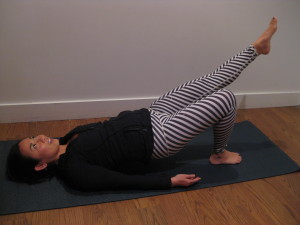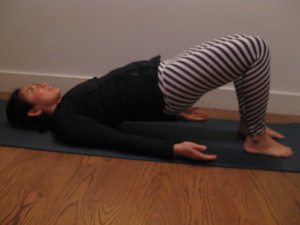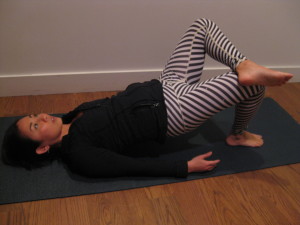Everyone would want a backside strong enough to bounce quarters from. A butt of the firmness to bounce items from requires some specific hard work, a belief I have held for my entire career as a personal trainer. I fancy myself to be an expert of sorts on building butts, as I built up my own from a ‘flat butt’ (as my sister said to me as a teenager). Which strength training exercises are best for training the glutes effectively? For the record, leg lifts have never been on my list to build a great butt, although I do love the look of 80s workout clothes and rock 80s looks whenever possible. Variations of squats and lunges performed with great form is what builds firm behinds. I polled several highly experienced trainers on their top exercises for training glutes and found a clear divide between unilateral and bilateral exercises, which boils down to lunges or squats. Both exercises are important, however, the first priority is ensuring that the muscle fibres of the glutes are active prior to performing squats and lunges.
When a person performs a squat or lunge the quadriceps, hamstrings and glutes work together synergistically to produce the movement. Each person will recruit a slightly different percentage of quadriceps, hamstrings and glutes depending on their posture, the patterning and conditioning of their muscles. The key is to determine which muscle group is dominant in your body, and the question to ask is where do I typically feel sore after a tough leg workout? Your answer of quads, hamstrings or glutes will give you a likely picture of which muscle group is dominant in your body. If the answer is quads or hamstrings, and/or if there is any issue of imbalance in the pelvis it is important to perform the following bridge exercises prior to a leg workout. The exercises are listed in order of progression. Once an exercise feels relatively easy at 15 reps, you can move onto the next exercise.
The basic bridge: is performed lying on a mat with the feet planted on the floor hip width apart and the knees at about 90 degrees flexed. Pushing through the feet, the hips are lifted until the legs form a long line with the torso. Perform 15 reps and note which areas of the body feel work from the exercise.
Single Leg Bridge with external rotation: is performed lying on a mat, starting with feet hip width distance apart then crossing one leg and resting the ankle just above the other knee. Keeping hips at an even level, lift hips up until the supporting leg is in line with the torso. Perform 10-15 reps each side and note any differences in stability, ability to keep the hips even, ease of movement and the sensation of work in each hip.

SIngle leg bridge with extended leg, keep the hips and thighs in the same alignment throughout the movement
Single leg bridge, with leg extended: is performed by lying on a mat with the feet hip distance apart, then extending one leg so that the thigh is held at the same level as the leg on the ground. Keeping the extended leg in line with the leg on the ground throughout the movement, lift hips up while keeping the hips at an even level. Perform 10-15 reps each leg. Notice differences in stability and fatigue between the hips, which will help you understand the co-ordinated performance of your core and hips.
The bridge exercises above can always be made even more challenging by placing the feet on a BOSU or stability ball.
Ps. My perennial top exercise for training the glutes is walking lunges. The bridge exercises above performed prior to walking lunges is certain to fire up your glutes!


